Smart boaters know that it is always the best option to avoid rough weather and water conditions, but sometimes the weather can change unexpectedly. Navigating a boat may seem like a piece of cake for you, but in rough waters it takes experience to know how to tackle the waters. Knowing what to do in the event of a storm is an ideal step towards being a prepared boater.
In the event that you do get caught on the water in a storm, you should follow these directions to keep yourself and your passengers as safe as possible.
Staying Safe in a Storm
- All of your passengers should be wearing lifejackets. Double check that everyone has theirs on and that they are all fitted properly.
- Maintain your forward movement, but reduce your speed. Boating at high speeds in choppy waters can cause your vessel to capsize or intake too much water.
- Ensure that your navigation lights are on. There may be other boaters out on the water who might not be able to see you in the poor visibility.
- Get your passengers to sit along the centreline of your boat in order to stabilize it and prevent them from being thrown overboard. The centreline of your boat is the imaginary line that divides the port (left) and starboard (right) sides of your vessel.
- Assure that all loose objects and equipment are stowed away properly. Any loose equipment can be turned into a projectile at high winds.
- To lessen the chance of your boat being swamped by large waves, you should approach them at a 45 degree angle.
- Use your bailing devices and bilge pumps to keep the bilges free of water. This will help keep your boat above water level.
- If it is safe to do so, you should head back to shore and remove yourself from the danger zone. If it is not safe to head back for any reason, you should anchor your boat and use your appropriate distress equipment.
Anchoring in a Storm
There are a few extra precautions boaters can take when anchoring their boats to wait out stormy conditions. Keep your boat angled at 45 degrees headed into the waves, this will prevent your boat from drifting and being swamped by large waves. Once you have dropped your anchor, take yourself and your passengers low into the boat and turn off your electrical equipment. You should be sure that your signalling device – and if necessary your distress equipment – is on so that other boaters in the area are aware of your positioning and that you are anchored.
Being caught in a storm can be scary, but as a BOATsmart! certified boater, you will know exactly what to do in these situations. Always make sure that you check the weather reports and use your own personal observations before you get out on the water.
Register for your BOATsmart! course now and explore the waterways with confidence!

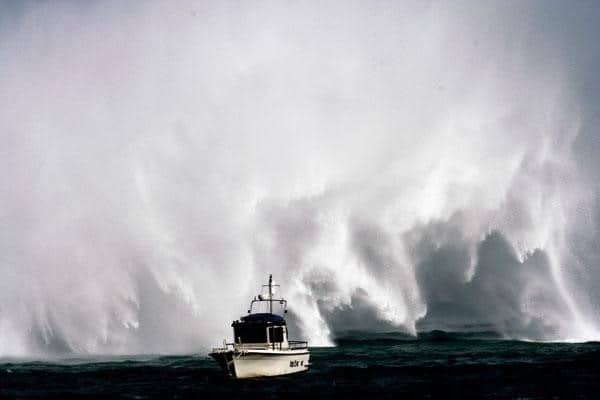

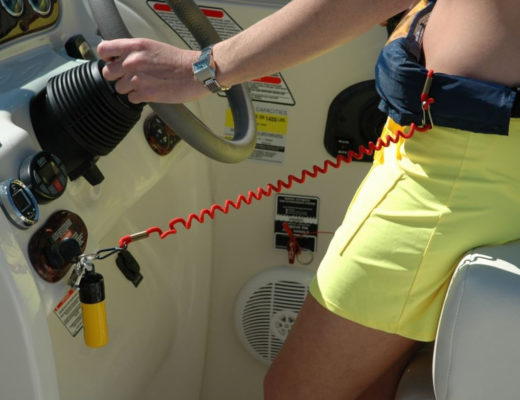
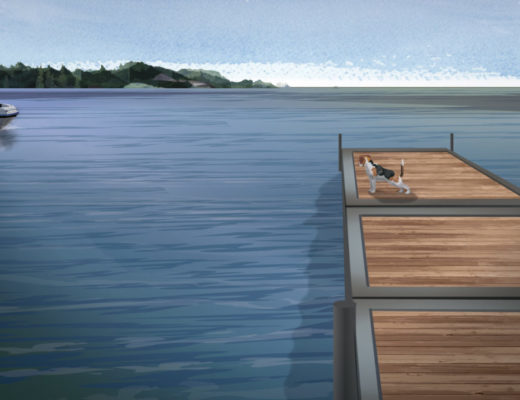
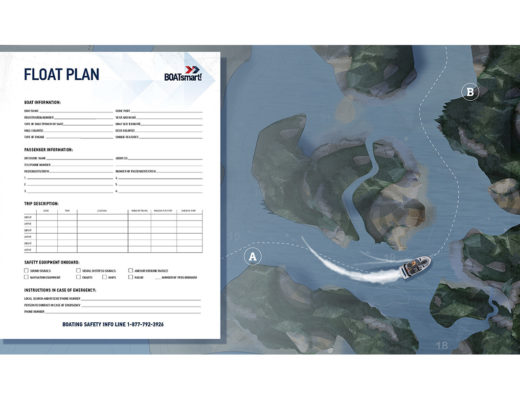
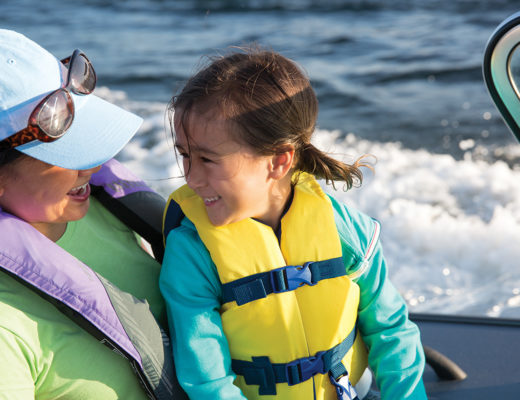

There is One comment
Pingback:keto burrito
Comments are closed.